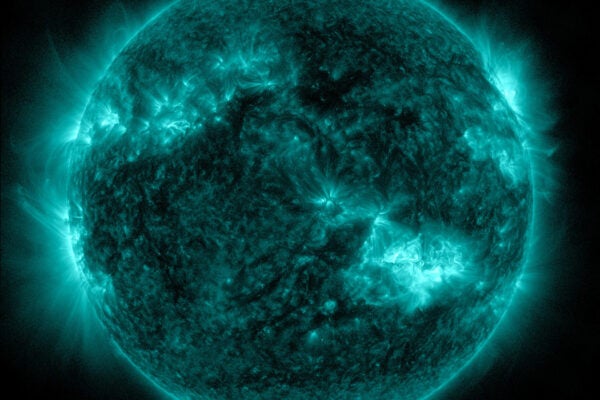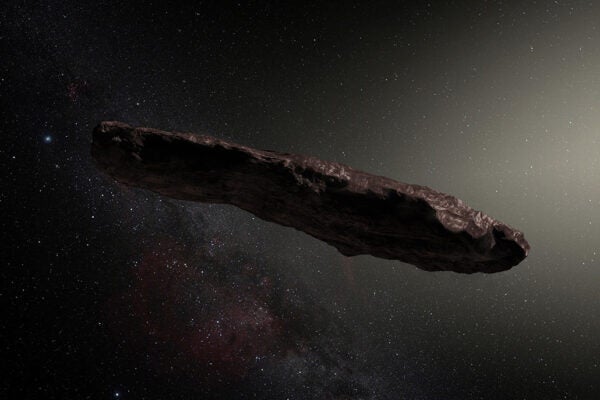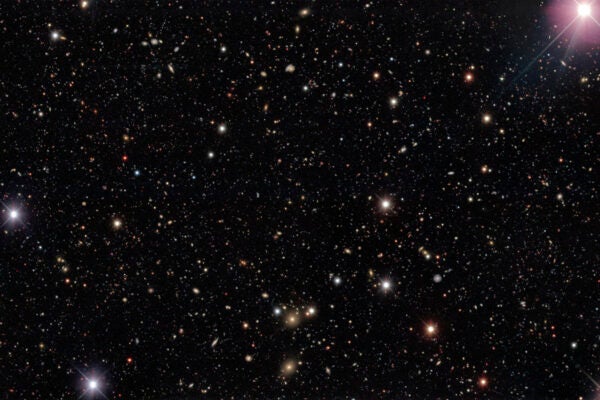Shifting Forces: The Evolving Debate Around Dark Energy
New evidence suggests the universe might not behave as expected, raising questions about the costs of being wrong.
Colliding Plasma Ejections From the Sun Generate Huge Geomagnetic Storms
Studying them will help scientists monitor future space weather.
When Everything in the Universe Changed
The revolutionary James Webb Space Telescope and next-gen radio telescopes are probing what’s known as the epoch of reionization.
The Case of the Volcano on the Moon
In 1958, Soviet astrophysicist Nikolai A. Kozyrev claimed there was an active volcano on the Moon. Dutch American astronomer Gerard P. Kuiper begged to differ.
MeerKAT: The South African Radio Telescope That’s Transformed Our Understanding of the Cosmos
MeerKAT has emerged as a beacon of innovation and opportunity on the African continent.
Why Interstellar Objects Like ʻOumuamua and Borisov May Hold Clues to Exoplanets
The detection of two celestial interlopers careening through our solar system has scientists eagerly anticipating more.
100 Years after the “Great Debate”: How Edwin Hubble Expanded the Cosmos
In 1924, Edwin Hubble found proof that the Milky Way isn't the only galaxy in the Universe.
Astronomers Use AI to Shed Light on Dark Energy
A new measurement offers insights on the density of the mysterious force driving the Universe’s expansion.
How Earthquakes Helped Us Map the Interior of the Sun
Temperatures in the Sun’s core exceed 10 million degrees Celsius. But how on Earth did we actually come to know that?
The Hunt for Life in Alpha Centauri
This oddball system of three stars might be our best chance at finding nearby life in the Universe.









